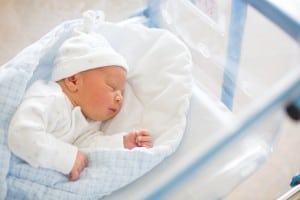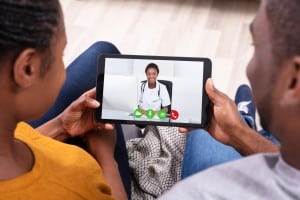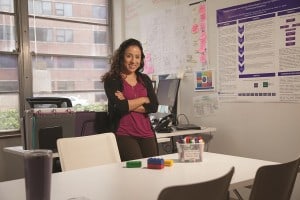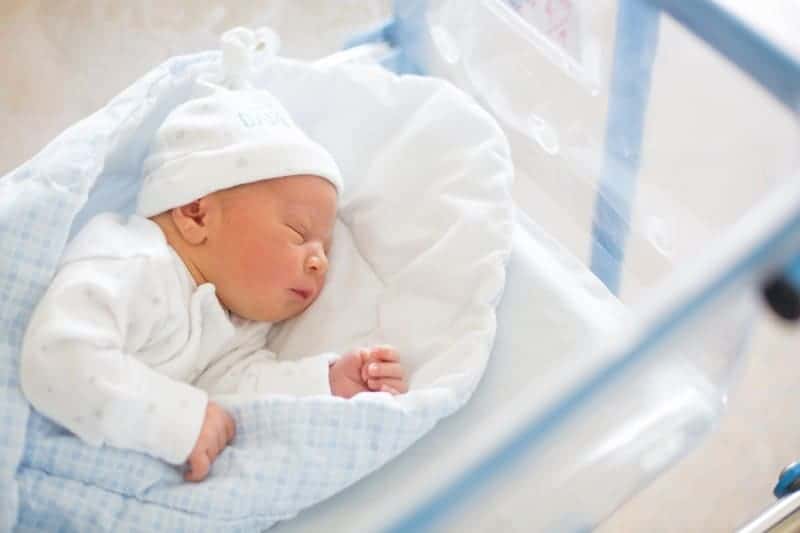COVID-19 safety guidelines and visitor regulations created challenges for discharging newborns, but Regional One Health staff stepped up to get healthy babies home with their families.
The team is using iPads to provide parents with the education they need to take their babies home.
The success of the project has also inspired them to expand the use of iPads to inform patients and keep extended families in touch with their newborns.
One of the most joyous events at any hospital is sending a newborn home with his or her family.
Regional One Health NICU Nurse Manager Kelley Smith, RN wasn’t about to let COVID-19 rob families of that milestone. When visitor restrictions and isolation requirements created barriers to a typical discharge, she innovated a curbside system where a family member or other authorized adult picks up the baby without setting foot inside the hospital.

Taking a newborn home from the hospital is an exciting milestone. When COVID-19 created challenges, Regional One Health employees found new ways to give families the joyful experience.
“We’re still sending the baby home – we’re just doing it outside,” she said. “The parents are very excited that we’re doing this. They just want their baby home!”
Alejandra Alvarez, Center for Innovation director, is celebrating employees like Smith who have tackled COVID-19 challenges by thinking outside the box.
“This is a creative way of adapting to provide an exceptional patient experience. This situation could have bogged them down, but they’re moving forward with what they need to do so babies aren’t away from their parents,” Alvarez said. “They’re working within the existing regulations and the reality of the situation to get these babies home.”
Smith explained the conundrum COVID-19 created. “If a mom tests positive, we not only isolate her, we isolate the baby in an incubator in the NICU, even if the baby is full-term and healthy. We haven’t had any babies test positive, but we need to take precautions for everyone’s safety.”
The babies are tested for the virus at 24 and 48 hours. If they test negative and are otherwise healthy, there’s no reason to keep them in the hospital and take a bed from another infant.
Smith started brainstorming discharge options that comply with Centers for Disease Control guidelines. She determined a curbside system with clear virtual communication about infant care and COVID-19 protection was best for the baby, parents and hospital.
One of the biggest hurdles was creating procedures for another adult to pick up the baby.
Under Regional One Health’s COVID-19 policies, the only visitors a baby can have are mom and dad. Since a COVID-19 positive mom must remain in isolation, the father is the only person who could enter the hospital to pick up the baby. However, if the mom and dad live together, the dad is considered exposed to the virus and barred from visiting.

When needed, the labor & delivery team is providing discharge education remotely via iPad. It’s been working so well that they plan to expand their use of the devices in the future.
“In those cases, we need to find someone other than mom or dad to take the baby home, and we need paperwork signed that mom agrees to let the baby leave with somebody else,” Smith said.
They also needed a way for the authorized adult to pick up the baby without coming inside the NICU, so they ask them to bring the baby’s car seat and leave it at the front desk: “Then, we just bring the baby down in the car seat and meet in the circular path by the newborn center,” Smith said. The discharge is, as always, overseen by a doctor, nurse and social worker.
Smith also found a way to give new parents the same education they would normally receive at discharge. She was already using an iPad and the hospital’s new telehealth platform to consult with parents and let them see their baby, so she knew it could also work for discharge.
“Mom is in isolation – she can’t come see her baby. Dad is the only person who can, and only if he tests negative,” she said. “It’s a tough situation, but parents are so excited to see their babies on the iPad. We do it during a feeding or diaper change so mom can see her baby awake.”
Giving discharge instructions via iPad has also worked well. “These moms never got to take care of their baby in the hospital, so it’s more important than ever that we provide education about breastfeeding, when to take the baby to the doctor, etc.,” she said. “With the iPad, we can do all that and see that she can feed her baby, burp her baby, change the diaper.”
Smith also uses the time to talk about protecting the baby from COVID-19.

“This is a creative way of adapting to provide an exceptional patient experience,” said Center for Innovation Director Alejandra Alvarez. “They’re working within existing regulations to get babies home.”
Fortunately, evidence indicates it is rare for babies to contract the virus. Still, nurses caution parents to minimize hands-on newborn care if they’ve tested positive and to have the baby stay in a different house or at least different room than a COVID-19 positive caretaker.
That said, Smith noted the CDC says a COVID-19 positive mom can breastfeed if she wears a mask and washes her hands thoroughly before touching the baby.
Overall, she said the process is working well, with 10-12 infants successfully sent home. While she is eager to return to regular discharges – “In person is always best,” she said – she plans to expand use of iPads to communicate with parents. She is looking into grants to buy more tablets and implementing new platforms so parents who don’t have iPhones can take part.
“Sometimes, parents aren’t available in-person during rounds due to work, transportation issues or other kids,” she said. “This is a great way to communicate and let them ask questions, no matter where they are. Since we’re already doing it, it’s a great time to think about expanding it.”

